The Kryptonite: 3-4-3 Soccer Formation to Counter Possession
Wouldn’t it be great if there is a simple way to set any team for success? Every coach around talks about “having majority of possession”, playing “tiki-taka with intention” and “dominate the opponents”. You would also hear mentions of “exploit the half spaces” and “I want my full-backs to invert“. When two teams with coaches like these meet, you will get a battle of over-coached teams trying to get 51%, more like 75%, of the ball possession and no shots on goal. Then they play against another team with a 3-4-3 soccer formation and they don’t know how to respond to the seemingly outdated formation.
Don’t trust me? How else can we explain that the mighty Manchester City lost against the inferior Chelsea in the UCL 2021 Final? It was a simplicity of countering as a team, while pound for pound Chelsea’s players were simply not as good as their opponents. Now, it is easy to claim that Tuchel, Chelsea’s coach, was genius and Guardiola, Man City’s coach, was wrong and should have known better. Of course, even with 3-4-3, the probability of Chelsea winning was low. However, it was all about how to put themselves in a position to have a chance to win, despite City’s dominant possession.
What makes the 3-4-3 soccer formation the best counter formation?
Admitting inferiority is not settling for defeat. In fact, it is battling for victory in spite of the circumstances. While we all want to have perfection of dozens of accurate passes before “walking the ball in the net”, we should live in reality. We claim that the four pillars of player development are technical, tactical, physical and psychological. While these virtues are dynamic and can range depending on many factors, including the team that a player plays in, we have seen teams with inferior players win against dominant teams. The 3-4-3 soccer formation is the best counter formation not because it solves for this issue, but because it gives us flexibility to counter the opponents and ask different questions.
The most important aspect of the formation is the discipline and tactical awareness. This is not a formation where the team will have the majority of the ball. In fact, it is likely that the team will need to yield possession and make the opponents believe that they control the game by having the ball. However, the team will need to prevent chances in their own defensive third. So, the simple formula is to invite opponents to occupy the middle third and even send players forward, only to create space for the two attackers to strike back. The secret to counter attacking is the dynamic advantage that is the one of the principles of soccer domination that is often overlooked.
What does the 3-4-3 soccer formation look like?
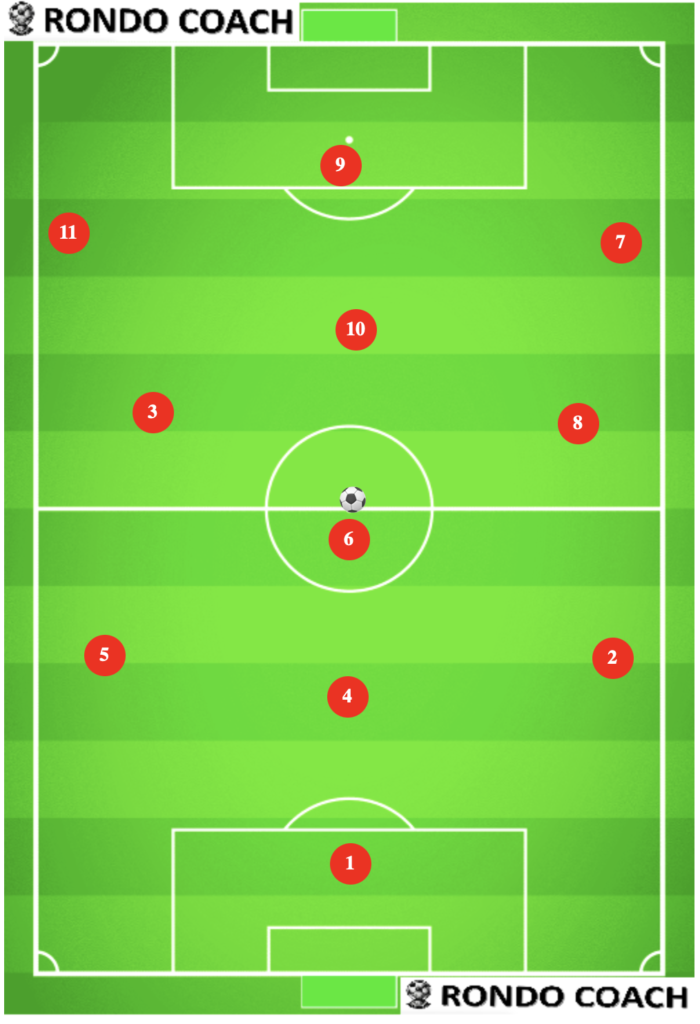
The 3-4-3 has three defenders, often big, strong, standard defenders. The two wing-backs do as much attacking as defending. The middle of the pitch is fluid, often playing with two holding and one attacking midfielder, or one holding and two box-to-box midfielders. Finally, the attackers will have all the freedom we can give them. The desired characteristics for them is to be able to hold the ball up and speed to race against the defenders – there cannot be much of counter attacking without pace.
For comparison, let us take a 4-3-3 formation and see how it naturally changes between attacking and defending. We have seen the fullbacks overlap with the wingers, that are often playing as inverted wingers. Great way to attack with numbers. We have seen the striker dropping deep to create numerical advantage and dominate possession. We have even seen the holding midfielder dropping as an extra center back to strengthen a low-block defense. However, it often puts players in unnatural positions and creates uneasiness.
Compare a 3-4-3 formation with players barely moving outside of comfort. When defending a lead in the last moments of a game, the winger-backs naturally drop back in a back five. When chasing a goal, they become wingers and create overload. On top of that, this formation allows for having a true counter attacking options with two strikers. We all know that naturally you cannot have two target attackers, but when they work together, it can lead to very difficult counter attacking to handle. Overall, this flexibility makes the 3-4-3 the deadly option for disciplined teams.
Defenders – the Backbone
The defense is the place where you can’t get creative in this formation. Having 3 players in the last line is a given and really the only aspect that changes is the width of it. In general, when attacking they spread out, while defending they come close to each other. However, when trying to keep the result as-is, the wide midfielders essentially become wingbacks and the defenders stay in the middle. It might look boring, but on the bright side, it is easy to coach.
The opponents will either play with 2 attackers or a single striker and two wingers. When playing against 2 attackers, the wide defenders mark them while the central defender covers. When playing against 1 attacker, we will have two options. If we have attacking wide players, then we will ask a holding midfielder to press the striker, while the central defender provides cover for him and the wide defenders can push up. Alternatively, we can let one of the wide defenders push up or even invert in the midfield, while the other one stays back to form a 1v2 defensive setup. Either way, the attacking option for the wide defenders is there only in a patient attacking plan.
Midfielders – the Heart
The midfielders are not only the most numerous, but also the most influental in the 3-4-3 formation. When set in a diamond shape, they can provide both the stability and the creativity to dominate the opponents. Playing with with one holding midfielder, 6, and one attacking midfielder, 10, might look like a recipe for disaster. The thinness in the middle of the field is evident. However, the wide midfielders can look more like mezzalas or they can play as a double pivot, all at the same time. They need to be tactically aware to anticipate the soccer context. When the ball is on their side, play wide and do an overlapping run. When the ball is on the other side, tuck in and provide support. The change of roles should become second nature for midfielders and this is a great formation to use tactically aware players.
Attackers – the Creativity
This is not too different from the 4-3-3 formation, with the main difference that we have a more classic 10 in the midfield. That influences the options that we have in the attack, because we create a formation with 4 attacking players. Think about it – the moment we win the ball, we have 4 players that need to move the ball as fast as possible for a counter. Yes, the wingers can be out wide, or invert inside as they see needed. The striker can come and help the midfield or push up as a target man to hold up the ball. Either way, the key is that the 10 can decide that they need to play as a shadow striker or they can drop deep and distribute the ball. Either way, it unsettles the opponents, as they don’t know how to defend the unpredictability of all of these variables.
Disadvantages of the 3-4-3
As any other formation, the 3-4-3 has the disadvantages. While we can drop to 5 defenders more easily when we need to defend, that transition takes time. When there is a time to regroup, the defensive line can get the two wide midfielders dropping deep into 5-3-1-1. Alternatively the wide midfielders tuck in and we form a 4-3-3 defensive line. However, by default, the standard 3-4-3 defensive setup might look fine at first. But if the opponents are actually counterattacking team, it will leave the last line playing 3v3 very quickly. That is why the 3-4-3 is more often played as a counter attacking formation. Or at least as a formation where the tempo of the opposition is lower than ours.

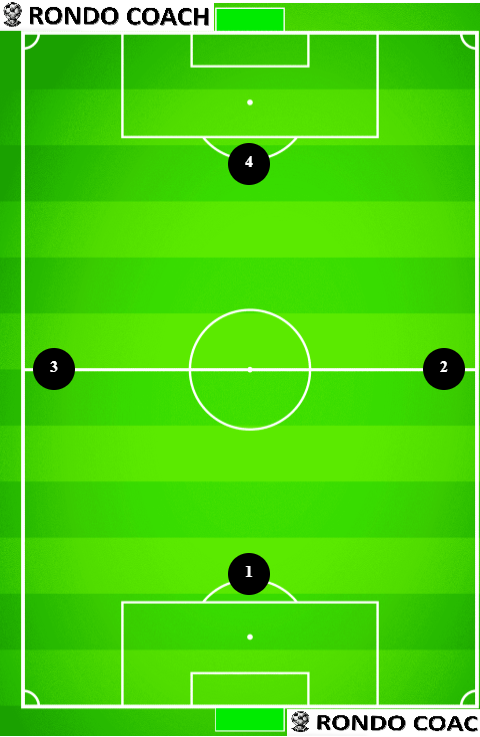
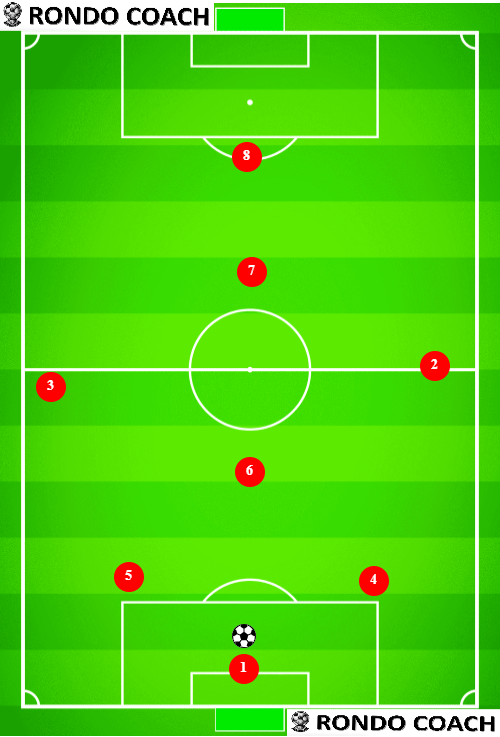
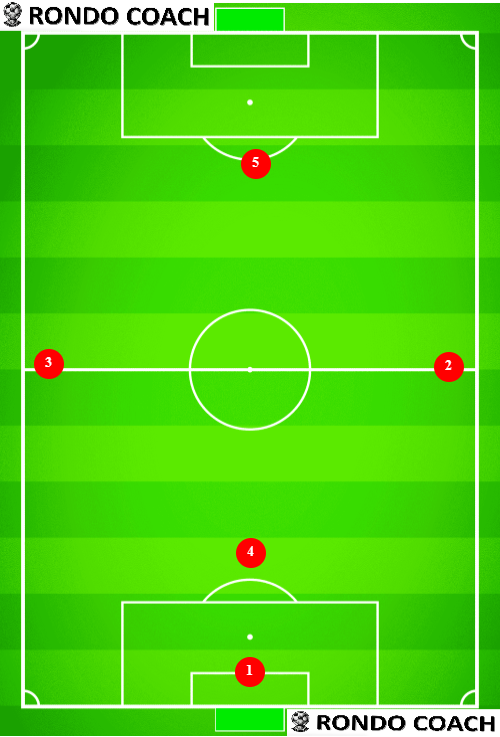
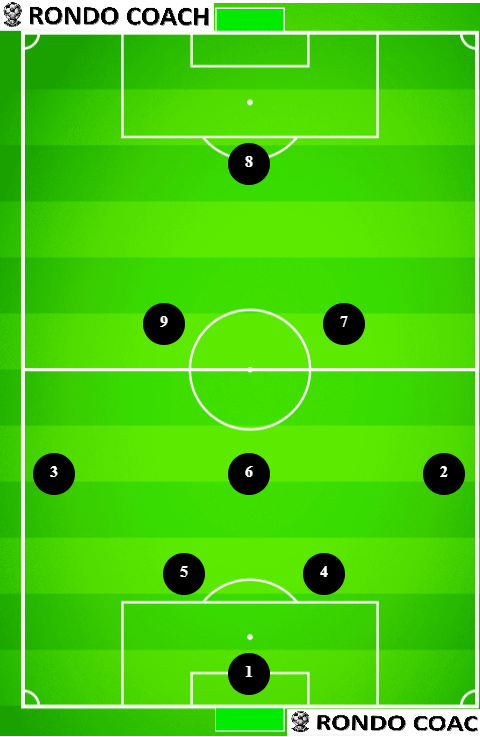
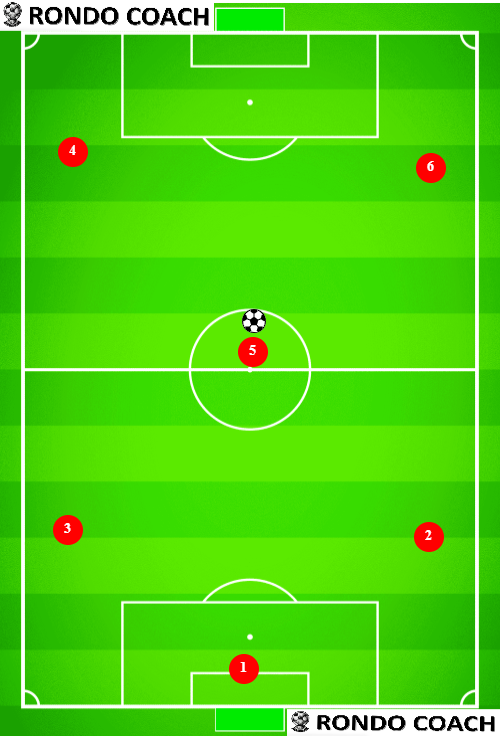
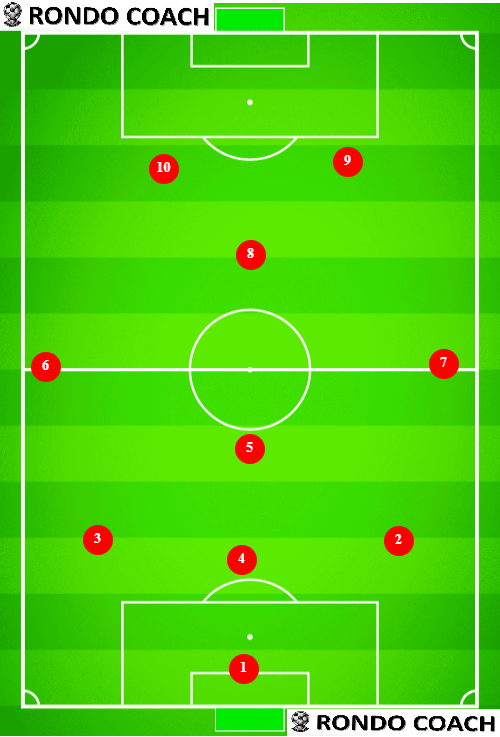
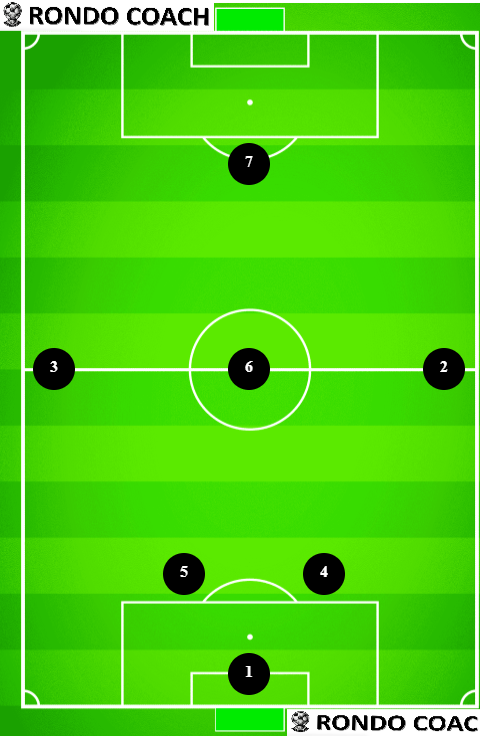
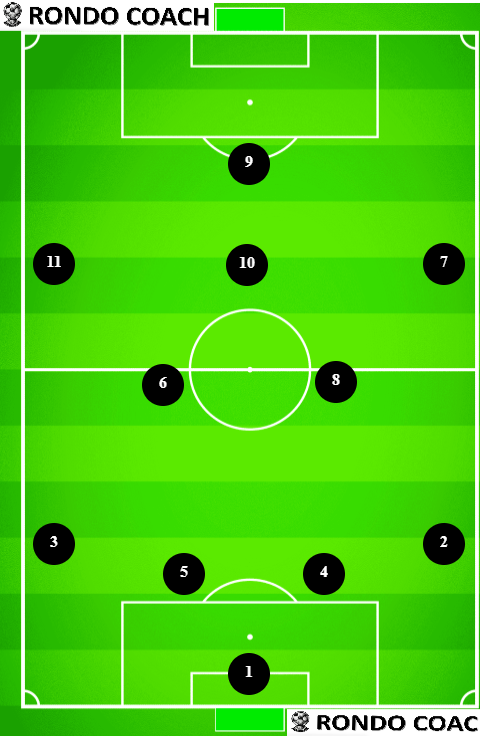
What is Mezzala in Soccer? [Complete Tactical Guide]
[…] 3-4-3 Formation […]